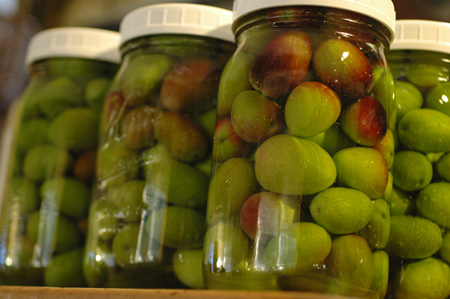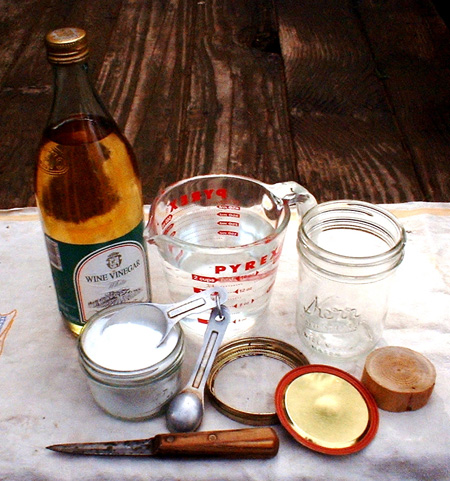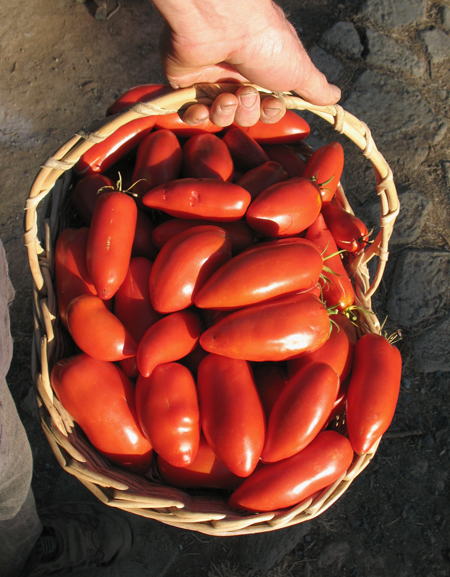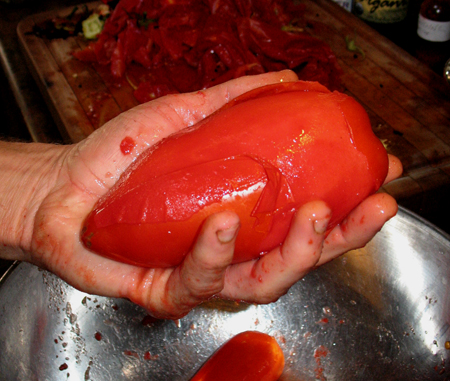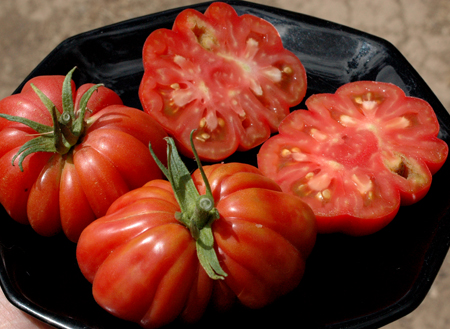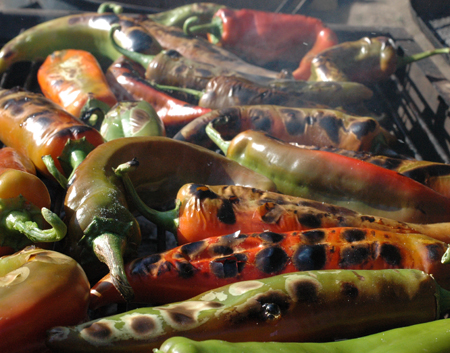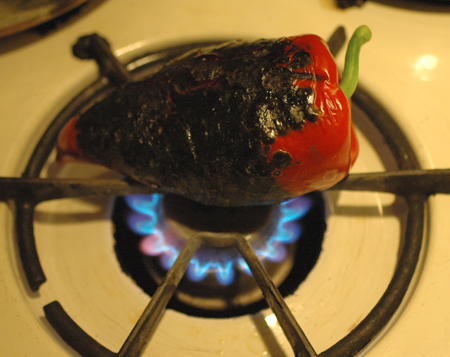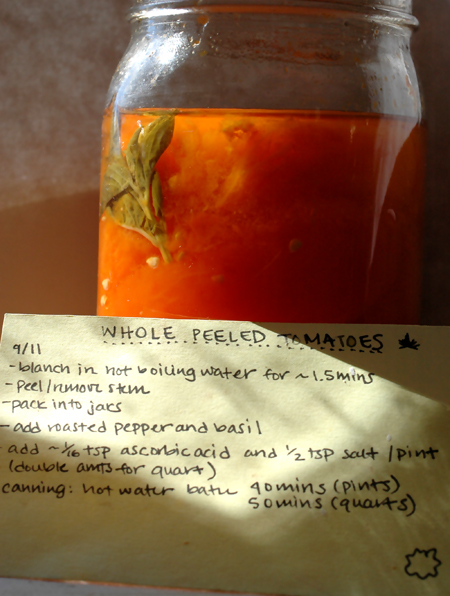This is my original recipe and probably my favorite way to eat these orange chanterelles. It uses maple syrup and candy cap mushrooms to overdrive the already present, subtle maple flavor of saut'eed chanterelles.
Clean the mushrooms, but try not to saturate them with water. Slice to consistent thickness, under 1/4 inch. Saute in butter slowly enough not to burn the butter badly until the water cooks out and evaporates, and they brown lightly on both sides. They should be cooked enough to be lightly browned on both sides and have lost enough moisture to be somewhat firmed up. If you have candy cap mushrooms, add a small amount of crushed dried candy cap during the saute to infuse the mushrooms with maple flavor.
Remove the mushrooms from the pan, add maple syrup to the hot pan and cook until the sugar in the syrup caramelizes very lightly. Add more butter and syrup to make enough glaze or syrup. You can add water back after caramelizing to make it more syrupy if desired. Add the mushrooms back and toss to coat them with the glaze.
Toasted walnuts are a nice addition. I'm sure pecans would be even better. Good with traditional American breakfast stuff, bacon, ham, breakfast sausage, pancakes and waffles. I just eat it the way it is most of the time.




